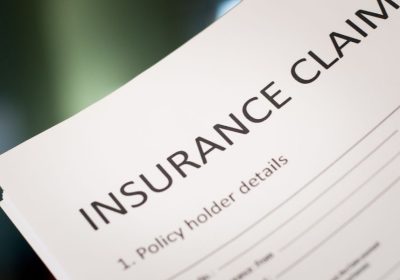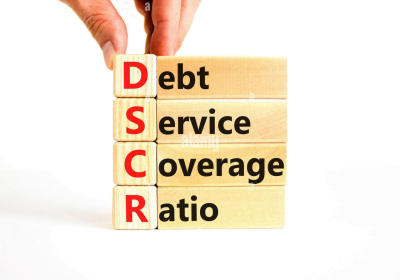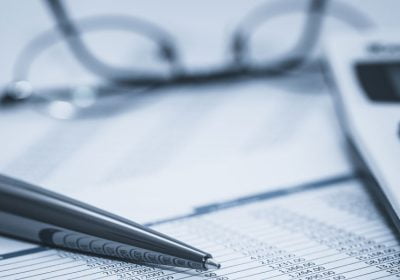A Step-by-Step Guide on Restaurant Accounting
Running a successful restaurant business requires more than just a passion for food and excellent service. It also requires effective management of finances and meticulous record-keeping. This is where restaurant accounting comes into play.
Proper accounting practices can help you track your expenses, manage cash flow, and make informed financial decisions. In this article, we will provide you with a step-by-step guide on restaurant accounting, highlighting key areas to focus on for a thriving restaurant business.
Set up a Chart of Accounts
A chart of accounts is a crucial tool that categorizes and organizes your restaurant’s financial transactions. It typically includes categories such as sales, food costs, labor costs, rent, utilities, and other expense items specific to your business. By creating a comprehensive chart of accounts, you can track and analyze your expenses more efficiently.
Track Sales and Revenue
Accurate tracking of sales and revenue is vital for any restaurant. Implement a robust point-of-sale (POS) system that automatically records every transaction and categorizes them by revenue streams, such as dine-in, take-out, and delivery. Regularly reconcile your sales figures with your bank deposits to ensure accuracy.
Manage Inventory
Inventory management is crucial for controlling costs in the restaurant industry. Set up an inventory tracking system to monitor ingredient usage, track stock levels, and identify any discrepancies or potential wastage. This can help you optimize purchasing decisions, minimize food spoilage, and reduce overall costs.
Calculate Food and Beverage Costs
Food and beverage costs directly impact your profitability. Calculate your cost of goods sold (COGS) regularly by taking into account the cost of ingredients and the number of portions produced. Compare your COGS against your sales to determine your food and beverage cost percentage. This information will allow you to identify areas for cost-saving and pricing adjustments.
Monitor Labor Costs
Labor costs, including wages, benefits, and payroll taxes, are significant expenses in the restaurant industry. Track labor costs as a percentage of sales to ensure they are within a reasonable range. Implement effective employee scheduling practices, manage overtime, and regularly review staffing levels to optimize labor costs without compromising service quality.
Keep Track of Overhead Expenses
Overhead expenses, such as rent, utilities, insurance, and marketing, are essential to running a restaurant. Monitor these costs carefully and compare them to your revenue to assess their impact on your bottom line. Analyze your expenses regularly to identify areas where you can reduce overhead costs without sacrificing quality.
Maintain Accurate Financial Statements
Preparing accurate financial statements is crucial for assessing the financial health of your restaurant business. Regularly review and update your income statement, balance sheet, and cash flow statement. These statements provide valuable insights into your revenue, expenses, assets, liabilities, and cash flow, enabling you to make informed decisions and plan for the future.
Accounting Needs for a Restaurant Business
When operating a restaurant business in Singapore, it is important to address specific accounting needs for a restaurant business in Singapore. Familiarize yourself with the tax laws, including goods and services tax (GST) requirements, and ensure compliance with financial reporting standards issued by the Accounting and Corporate Regulatory Authority (ACRA). Seek professional assistance from a Singapore-based accountant or accounting firm to navigate these requirements effectively.
Implementing effective restaurant accounting practices is crucial for the success of your business. By setting up a chart of accounts, tracking sales and revenue, managing inventory, calculating food and beverage costs, monitoring labor costs, tracking overhead expenses, and maintaining accurate financial statements, you can gain better control over your restaurant’s finances.



















